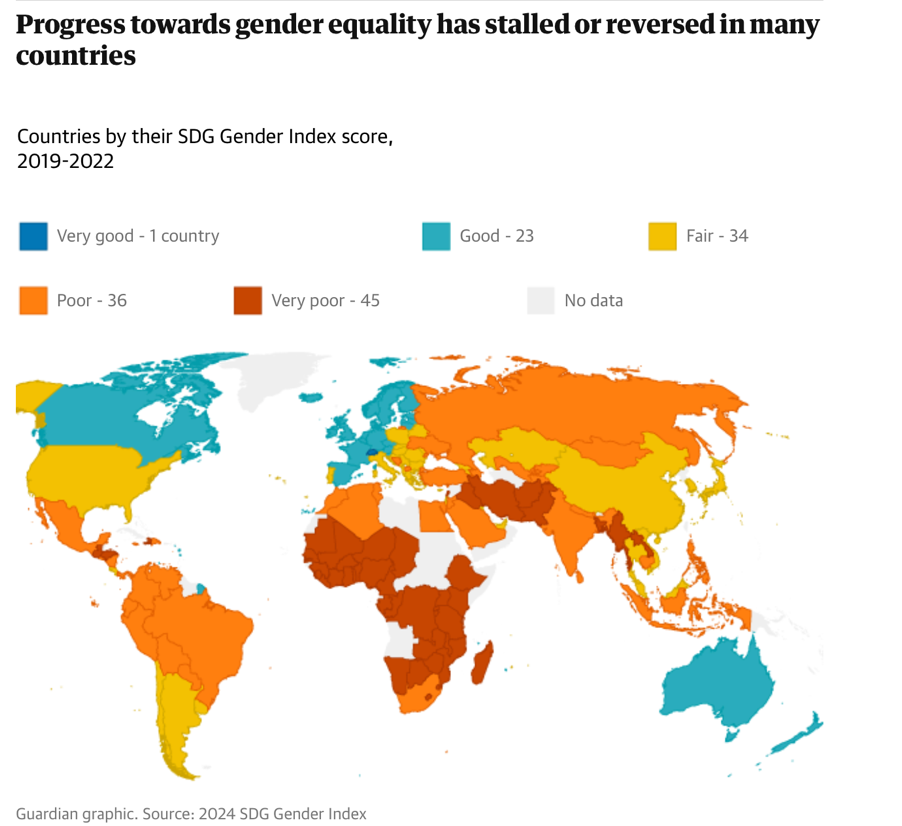Regional Overviews of SDG 7 #SDG7Conference
- UN House Scotland

- Feb 28, 2018
- 4 min read

The five UN regional commissions provided an overview of SDG 7 progress on the first day of the Global SDG 7 conference in Bangkok. Chaired by the World Bank’s Vivien Foster (Global Lead for Energy Economics, Markets & Institutions), representatives of the five regions gave short presentations. The five global regions are,
Asia and the Pacific (presented by UN ESCAP)
Latin America and the Caribbean (presented by UN ECLAC)
Europe (presented by UN ECE)
Western Asia (presented by UN ESCWA)
Africa (presented by UN ECA)
Each SDG is detailed by a set of targets and measured according to its stated indicators. For the 17 SDGs, there are a total of 169 targets and close to 230 indicators. For SDG 7 reviews, the parameters are decided based on its targets. The four parameters for the SDG 7 review are,
energy access (SDG 7.1)
modern cooking
Renewables (SDG 7.2)
and energy efficiency (SDG 7.3)

The review began with outlining the challenges around data collection. These have been discussed in another post titled, “What is the Global Tracking Framework?”. At a global level, the pace of progress of achieving energy access, renewables, and energy efficiency targets was reported to be slow. This indicates that we may not be able to achieve the global 2030 targets.
Achieving SDG 7 in Asia and the Pacific: The region has shown remarkable progress on energy access in the last decade. However, in absolute numbers, the population without access to electricity remains high. Nearly half of the region’s population does not have access to clean cooking fuels and technology. The share of renewable energy consumption, including both traditional and modern forms, reached 18.3% of the region’s total final energy consumption in 2014. Though this is lower than the year 1990 (23%) it remains higher than 2011 (17.9%). Moreover, the region has demonstrated a long-term steep decline in energy intensity.
Achieving SDG 7 in Latin America: According to the review, if recent trends continue, the energy goals set for 2030 are unlikely to be met, except in the case of access to electricity. The number of people without access to electricity fell from 44 million in 2000 to 18 million in 2014. Although access to modern energy sources for cooking has been improving, over 84 million people still lacked access as of 2014. The starting situation is good since Latin America and the Caribbean is the region of lowest energy intensity in the world; but it also displays the lowest annual rates of improvement. Meanwhile, renewable energy sources are widely used in the region (27.2% of total final energy consumption).
Achieving SDG 7 in Europe: Attainment of the objectives of SDG 7 is falling short in the Economic Commission for Europe (ECE) region. While the ECE region has officially achieved 100% access to power networks and 98% access to clean cooking fuels, there are significant quality and affordability challenges. Improvements in energy intensity have been progressing towards objectives but the rate of progress is insufficient to meet the 2030 goal. Annual renewable energy investments need to double or triple to achieve the 2030 target.
Achieving SDG 7 in Western Asia: Overall, access to electricity is close to universal in cities across the Arab region but remains fixed at approximately 80% in rural areas. Despite a considerable potential of modern renewable energy technologies that is available throughout the Arab region (such as wind and solar power) renewable energy still plays a marginal role in most Arab countries.
Achieving SDG 7 in Africa: The demand for energy in Africa is set to see a dramatic increase by the year 2030. However, with the exception of some North African nations, most countries of the region are very unlikely to achieve SDG 7 with existing policies and commitments. The region is performing poorly on energy access, and clean cooking indicators. The capacity of renewable electricity exceeded 38 GW in 2016 (with about 23% share of total electricity capacity). While hydropower continues to be the favoured investment option, climate change and variability could render those investments stranded owing to underperformance. In addition, it has been reported that there is a severe lack of capacity for energy systems and investment planning in the continent.
The session ended with a discussion on recommendations for each region, and exploring possibilities of sharing best practices – keeping in mind contextual (political, economic, social, cultural etc.) differences. In case you have a set of recommendation or would like to share your personal views and opinions, please feel free to write to us at – atishay.mathur@unhscotland.org.uk
Information courtesy regional policy briefs: https://sustainabledevelopment.un.org/EnergyConference/documentation
This blog-post is a part of the series #SDG7Conference covering the United Nations’ Global SDG 7 Review in Bangkok, Thailand.
Atishay Mathur is a TEDx Speaker and works on Governance and Impact Assessment at the United Nations House in Scotland. He was recently awarded an MSc in International Development (with Distinction) from the University of Edinburgh. He is also a member of the All-Party Parliamentary Group on the World Bank and IMF at the UK Parliament, the All-Party Parliamentary Group on Local Government at the UK Parliament, the Cross Party Group on International Development at the Scottish Parliament and the Sustainable Development Goals Network in Scotland.










Comments